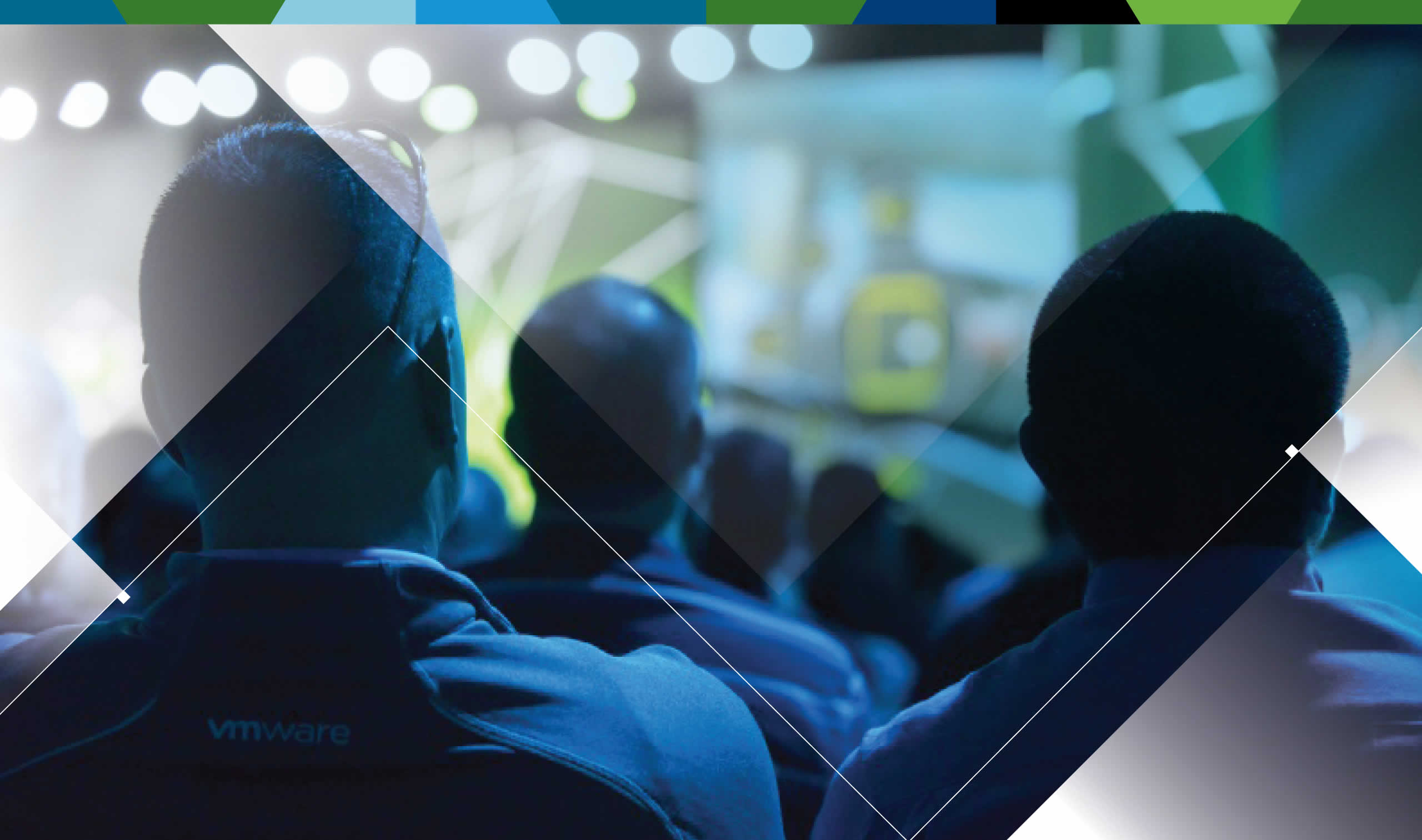
In 2015 VMware had its world turned upside down by the announcement that Dell was looking to buy its parent company EMC for a staggering $67bn.
The shockwave hit the VMworld 2015 conference and VMware executives were left trying to deflect questions, while partners were overwhelmingly in the wait and see category.
Over the following 12 months, VMware became less about the products and services that it offers and more about being a bargaining chip, financially tied to the acquisition whether it liked it or not.
There was never any question of VMware doubting the deal, the company towed the party line admirably, but there had to be doubts and concerns, particularly when the company’s share price plummeted.
The question was always, where does VMware fit into the Dell EMC ecosystem?
Now in 2016, in sunny Barcelona, the company has found its feet and found its strategy.
During the first day keynote it was all about strategy, partnerships with Amazon Web Services, a revitalised picture of itself as the guardian of hybrid clouds, and several signs that it is progressing healthily in the areas of containers, hyper-convergence, the Internet of Things, and mobile.

The broad and varied portfolio that VMware offers differs vastly from the picture five years ago when it was essentially offering just vSphere and could easily be recognised as a Software Defined Data Centre company.
Large companies over the past couple of years have spoken at length about their transformations and this is something that VMware has also done.
A year of doubt about its future under Dell and it has come out the other side with a much clearer strategy.
Several times during the 2016 VMworld conference, the VMware execs mentioned how customers have responded healthily to the clearer cloud strategy, which anecdotally was referred to as ‘cloudy’.
Let’s be clear, the introduction of the Cross-Cloud architecture isn’t brand spanking new; it’s an improvement and a rebranding of the ‘Unified Cloud’ vision that saw the company aiming to take on the complexity of operating hybrid clouds.
The Cross-Cloud architecture is, however, much clearer – there is an obvious single pane of glass to control the connections to clouds such as AWS, Google Cloud Platform, IBM SoftLayer, and Microsoft Azure.

The transition is clear and understandable, as are the updates to the core products of vSphere, Virtual SAN, and vRealise Automation.
The reason for continuing to expand the VMware portfolio is to meet the changing requirements of companies and the changing nature of IT.
Joe Baguley, VP & CTO, EMEA, VMware said at a roundtable attended by CBR: “Based on some of the rhetoric we have been having internally about the way that IT is changing the direction that it faces. Traditionally IT has faced the data centre and when you go to IT people it was all about the data centre, when you come to IT conferences it was about what’s going in to the data centre.”
Now he is seeing digitally transforming companies changing the direction in which they face, looking past the data centre to face users and customers.

“The IT of tomorrow is no longer about data centres and infrastructure the IT of tomorrow is about users and customers,” said Baguley.
This in itself isn’t a new idea. Businesses don’t really want to think about infrastructure, they just want it to do its job and enable them to get on with the things that bring value to the company.
However, it does accurately paint the picture of the role that VMware wants to play.
VMware wants to be the simple connecting piece, essentially the guardian to providing simpler access to cloud services, and apps across any device.
Of course these messages need to be taken with a pinch of salt, VMware clearly has a motive for saying that IT is no longer looking at the data centre, because it wants to the company that connects businesses to apps, to the infrastructure, without any headaches.
In a tech driven world that is swamped with new products and services on what seems like an hourly basis, VMware managed to successfully re-create its image after a tumultuous year.






